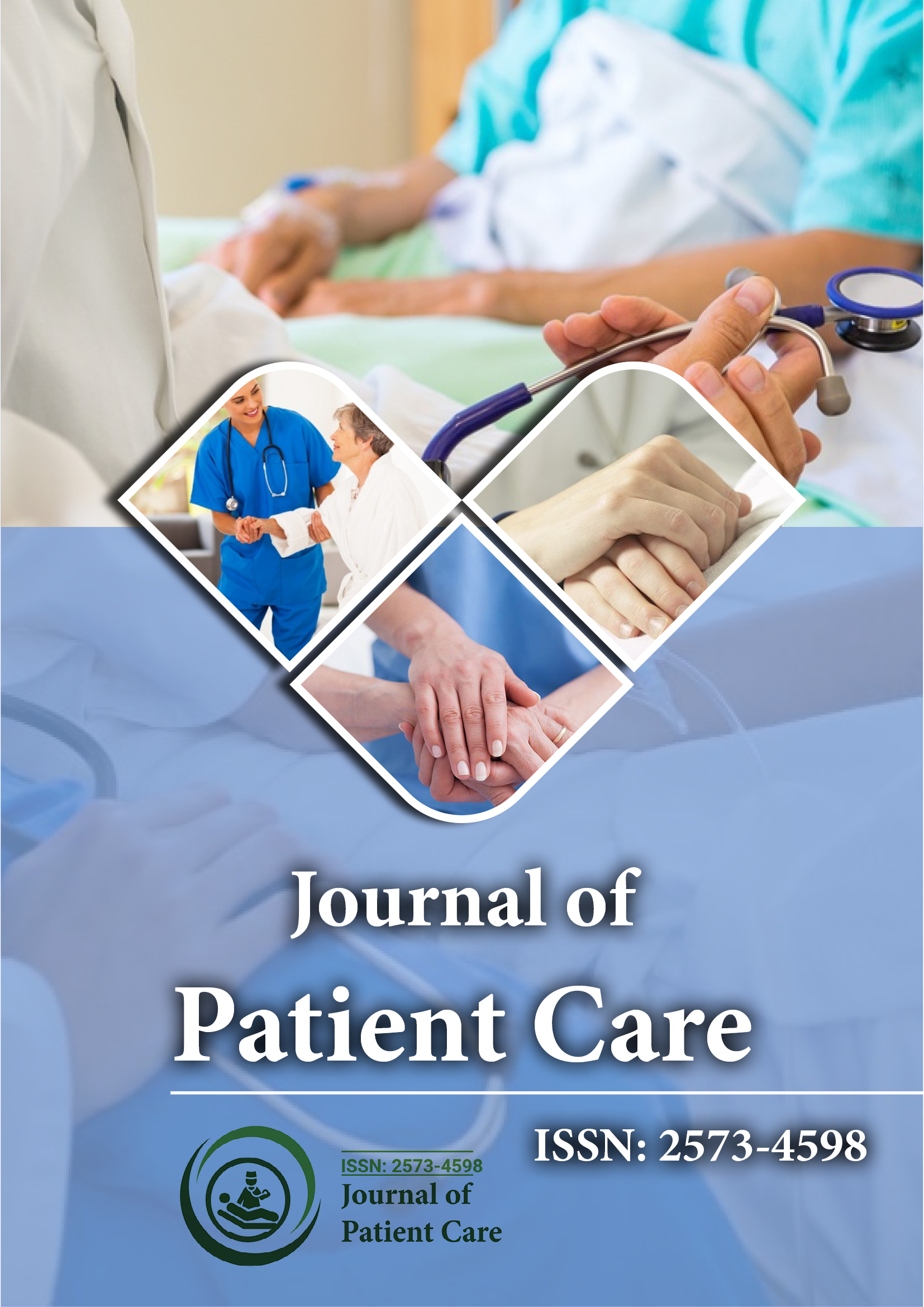Indexed In
- RefSeek
- Hamdard University
- EBSCO A-Z
- Publons
- Geneva Foundation for Medical Education and Research
- Euro Pub
- Google Scholar
Useful Links
Share This Page
Journal Flyer

Open Access Journals
- Agri and Aquaculture
- Biochemistry
- Bioinformatics & Systems Biology
- Business & Management
- Chemistry
- Clinical Sciences
- Engineering
- Food & Nutrition
- General Science
- Genetics & Molecular Biology
- Immunology & Microbiology
- Medical Sciences
- Neuroscience & Psychology
- Nursing & Health Care
- Pharmaceutical Sciences
Neonatal vascular access high value care (NVA-HVC) team favorably impacts operational and clinical outcomes
2nd World Congress on Patient Safety & Quality Healthcare
June 21-22, 2018 | Dublin, Ireland
Stacey Stone
Johns Hopkins All Children's Hospital, USA
Keynote: J Pat Care
Abstract:
Statement of the Problem: Advanced practice providers (APP's) and bedside RNâ??s dual role to place peripherally inserted central catheters (PICC) while maintaining their regular patient assignment may delay insertion, compliance to maintenance, and timely discontinuation of PICC. This may contribute to prolonged umbilical venous catheter (UVC) dwell time, higher stage IV infiltrates and CLABSI. Inefficiencies such as the preceding hampers care teams. We hypothesized that deploying a skilled and dedicated core team (NVA-HVC) coupled with engagement of organizational leaders creates value. The purpose of this study is to evaluate the impact of a structured NVA-HVC team on process measures, clinical outcomes and escalation to surgical intervention. Methodology & Theoretical Orientation: NVA-HVC team composed of a physician champion, two dedicated expert RNâ??s, QI staff and CNO was created. Process, outcomes and balanced measures were established apriori. Adherence to established processes and stage 3-4 PIV infiltrates and CLABSI were the primary outcome measures. Findings: Among 523 newborn infants enrolled prospectively, PICC was successfully inserted in 92.8% of patients during a single session (<3 attempts). Mean time to insert PICC was 1 day and discontinued at an enteral feed volume of 107 ml/kg/d; all but few data points fell between the upper and lower control limits. There was a significant reduction in stage 3-4 PIV infiltrates and CLABSI (p<.01) compared to pre-NVA HVC epoch. In only 7.2% of patients care was escalated to have PICC or broviac placed by IR/surgical staff. Conclusion & Significance: Employing a high value care team strategy surrounding PICC insertion can be a powerful means to reduce process variation, minimize use of less skilled staff, create value and improve outcomes.
Biography :
Stacey Stone and Prabhu S Parimi has passion in value-based health care delivery model. In contrast to numerous clinical providers with variable expertise providing care for newborn infants, both physicians are of the firm belief that if a highly specialized expert care team is assembled around a clinical condition/procedure, it will create value to all the stakeholders and improve clinical outcomes. The submitted work is of many initiatives these authors have undertaken to provide high value to patients in the neonatal ICU. Together, they have formed a High Value Care Team in the Maternal Fetal and Neonatal Institute at Johns Hopkins All Children’s Hospital.
Email: pparimi1@jhmi.edu
